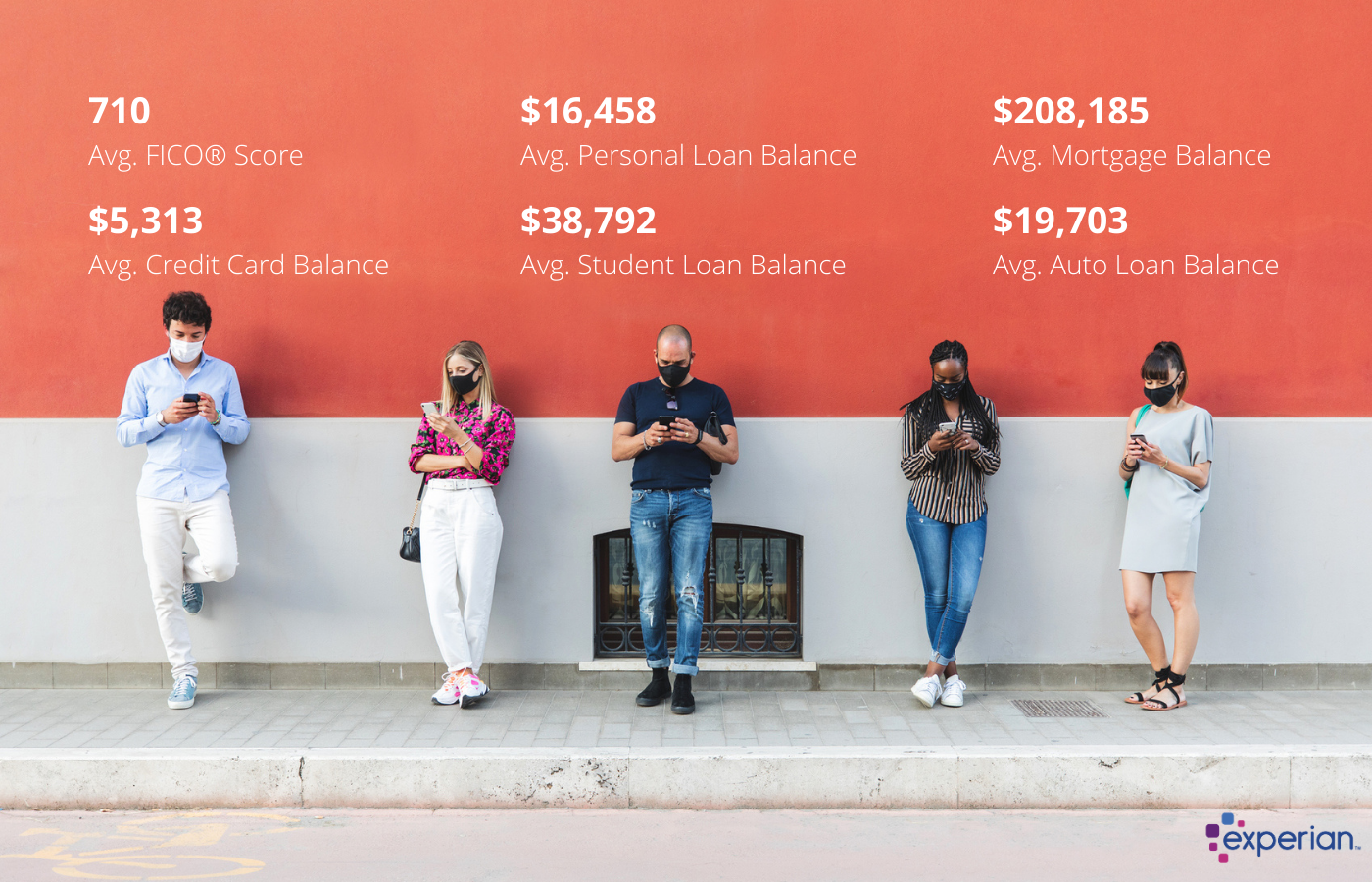Satisfying credit - timeshare angels All housing and installation financial obligation payments must have been made on time in the last 12 months; there are no more than two 30-day late home mortgage or installation payments in the previous 24 months, and there is no significant negative credit on revolving accounts in the last 12 months.
If no extenuating situations can be recorded, the customer may not qualify at all or the lending institution may require a big quantity of the primary limitation (if readily available) to be taken into a Life Span Set Aside (LESA) for how to get out of a timeshare purchase the payment of residential or commercial property charges (residential or commercial property taxes, homeowners insurance, and so on).
The fixed-rate program includes the security of a rate of interest that does not change for the life of the reverse home loan, but the interest rate is usually greater at the start of the loan than Browse this site a comparable adjustable-rate HECM. Adjustable-rate reverse mortgages usually have rate of interest that can alter on a regular monthly or yearly basis within specific limitations.
The preliminary rates of interest, or IIR, is the real note rate at which interest accrues on the outstanding loan balance on an annual basis. For fixed-rate reverse home mortgages, the IIR can never alter. For adjustable-rate reverse home loans, the IIR can alter with program limitations up to a lifetime rate of interest cap.
The EIR is frequently various from the real note rate, or IIR. The EIR does not identify the amount of interest that accumulates on the loan balance (the IIR does that). The overall swimming pool of cash that a debtor can get from a HECM reverse home mortgage is called the principal limitation (PL), which is determined based upon the maximum claim quantity (MCA), the age of the youngest customer, the predicted interest rate (EIR), and a table to PL elements published by HUD.
The smart Trick of What Is A Hud Statement With Mortgages That Nobody is Discussing
Many PLs are typically in the series of 50% to 60% of the MCA, however they can sometimes be higher or lower. The table listed below gives examples of primary limitations for different ages and EIRs and a home worth of $250,000. Debtor's age at origination Expected rates of interest (EIR) Principal limitation factor (since Aug.

5% 0. 478 $119,500 65 7. 0% 0. 332 $83,000 75 5. 5% 0. 553 $138,250 75 7. 0% 0. 410 $102,500 85 5. 5% 0. 644 $161,000 85 7. 0% 0. 513 $128,250 The primary limit tends to increase with age and decrease as the EIR rises. To put it simply, older debtors tend to qualify for more money than younger debtors, however the overall amount of money readily available under the HECM program tends to reduce for all ages as rate of interest increase.
Any extra profits offered can be dispersed to the customer in a number of methods, which will be detailed next. The money from a reverse mortgage can be distributed in four methods, based upon the customer's financial requirements and objectives: Swelling sum in money at settlement Month-to-month payment (loan advance) for a set variety of years (term) or life (period) Line of credit (comparable to a home equity line of credit) Some combination of the above Note that the adjustable-rate HECM provides all of the above payment choices, but the fixed-rate HECM only uses lump amount.
This indicates that borrowers who choose a HECM line of credit can possibly gain access to more money over time than what they at first qualified for at origination. The line of credit development rate is determined by adding 1. 25% to the initial interest rate (IIR), which suggests the line of credit will grow faster if the rate of interest on the loan boosts.

Since numerous borrowers were taking complete draw swelling sums (typically at the encouragement of loan providers) at closing and burning through the cash rapidly, HUD sought to safeguard customers and the practicality of the HECM program by restricting the quantity of earnings that can be accessed within the very first 12 months of the loan.
Rumored Buzz on Which Of The Following Statements Is True Regarding Home Mortgages?
Any staying available profits can be accessed after 12 months. If the total necessary responsibilities surpass 60% of the primary limit, then the borrower can draw an additional 10% of the principal limitation if offered. The Real Estate and Economic Recovery Act of 2008 provided HECM mortgagors with the opportunity to purchase a new primary home with HECM loan continues the so-called HECM for Purchase program, efficient January 2009.
The program was developed to enable the senior to purchase a brand-new principal house and obtain a reverse home loan within a single deal by getting rid of the requirement for a second closing. Texas was the last state to permit reverse home loans for purchase. Reverse home loans are frequently criticized over the concern of closing expenses, which can often be pricey.
Considering the limitations enforced upon HECM loans, they are equivalent to their "Forward" contemporaries in general expenses. what are interest rates now for mortgages. The following are the most normal closing expenses paid at near get a reverse mortgage: Counseling cost: The primary step to get a reverse mortgage is to go through a counseling session with a HUD-approved counselor.
Origination cost: This is charged by the loan provider to set up the reverse home loan. Origination fees can vary extensively from loan provider to lending institution and can range from nothing to a maximum of $6,000. Third-party charges: These costs are for third-party services hired to finish the reverse mortgage, such as appraisal, title insurance coverage, escrow, government recording, tax stamps (where suitable), credit reports, etc.
The IMIP secures lending institutions by making them entire if the house costs the time of loan payment for less than what is owed on the reverse mortgage. This protects customers also since it indicates they will never ever owe more than their home deserves. As of 1/2019, the IMIP is now 2% of limit claim amount (Either the appraised worth of the home as much as an optimum of $726,535) The yearly MIP (home mortgage insurance premium) is.
Getting The Which Of The Following Statements Is Not True About Mortgages To Work
The large majority of closing costs usually can be rolled into the brand-new loan quantity (other than in the case of HECM for purchase, where they're consisted of in the deposit), so they do not need to be paid of pocket by the borrower. The only exceptions to this guideline might be the therapy fee, appraisal, and any repair work that might need to be done to the home to make it completely certified with the FHA standards prior to completing the reverse home loan.
These files can be used to compare loan deals from different lenders. There are 2 continuous expenses that might use to a reverse mortgage: yearly home mortgage insurance and servicing fees. The IMIP,( on time Initial Home mortgage Insurance Premium) of 2% of the assessed worth is charged at closing. The IMIP is the largest cost associated with an FHA HECM or Reverse Home Mortgage.
The yearly home loan insurance coverage is charged by FHA to guarantee the loan and accumulates every year at a rate of. 50% of the loan balance. Yearly home loan insurance does not require to be paid of pocket by the borrower; it can be allowed to accrue onto the loan balance with time.